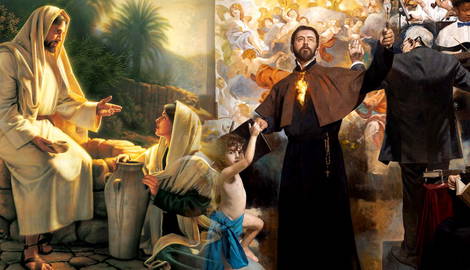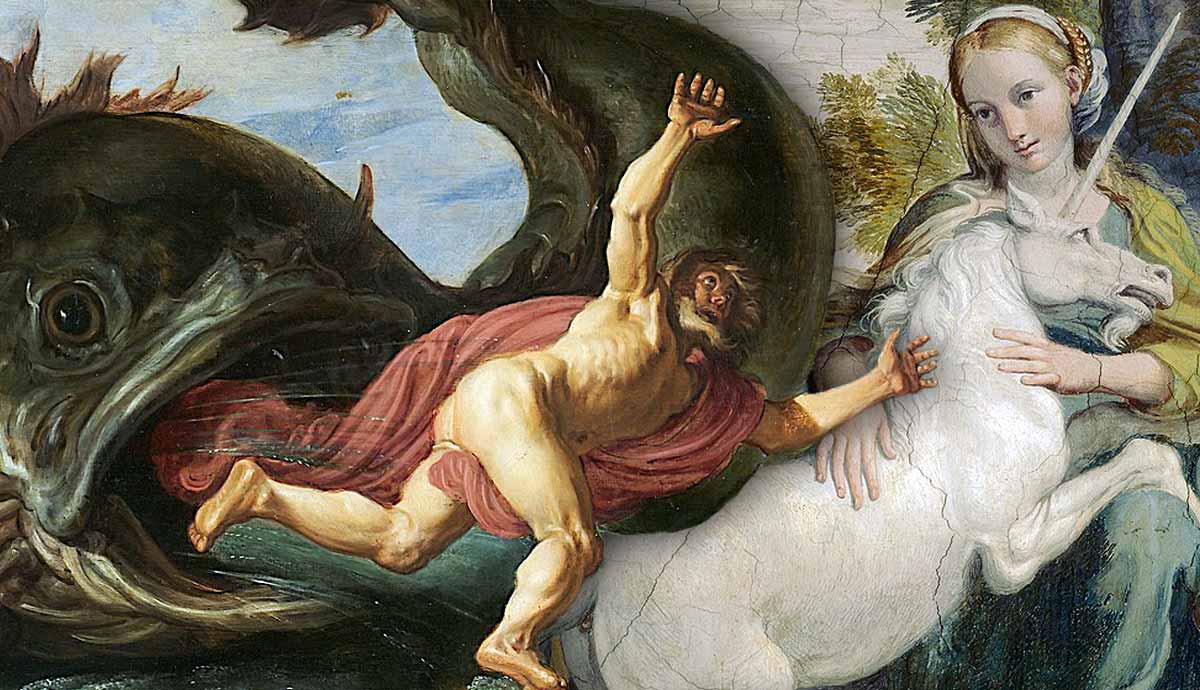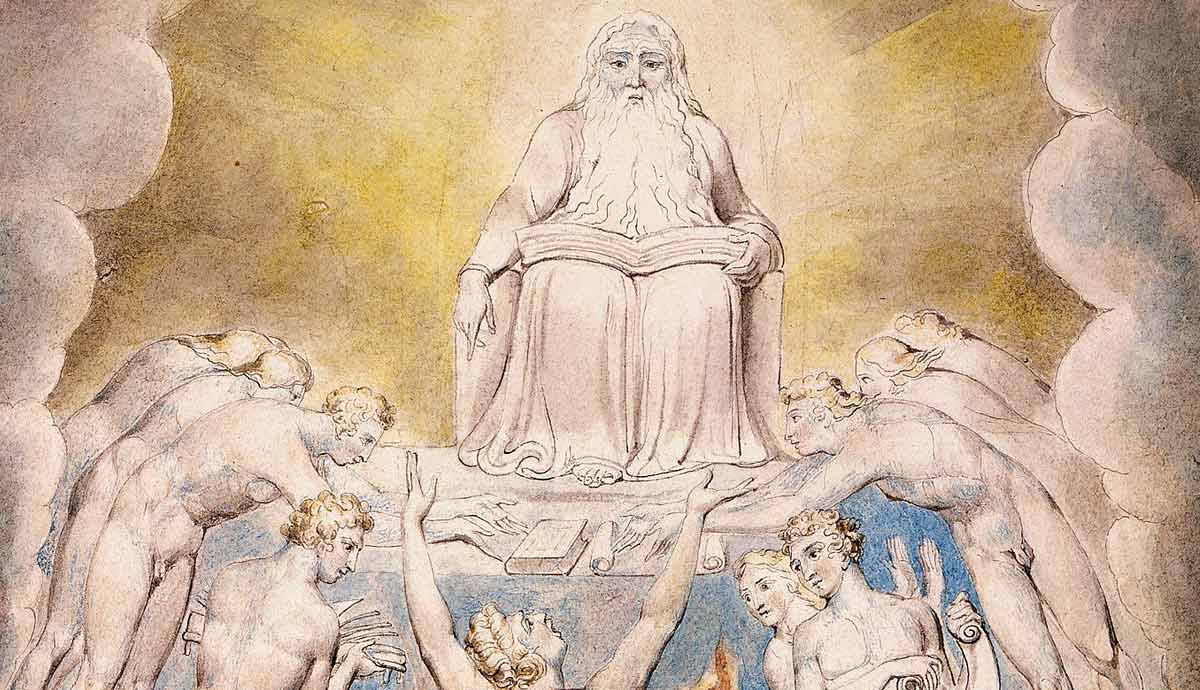
Catholic Social Teaching (CST) is the collection of beliefs of the Catholic Church on the subject of social, economic, and political issues. CST is broken up into seven themes: Life and Dignity of the Human Person; Call to Family, Community, and Participation; Rights and Responsibilities; Preferential Option for the Poor; The Dignity of Work and the Rights of Workers; Solidarity; and Care for God’s Creation.
The History of Social Justice

While it is near-impossible to track language through the entire course of history, most scholars agree that the concept of social justice was created by Catholics. It has been especially attributed to Jesuit priests, that is to say, members of the Society of Jesus. So, what is the difference between social teaching and social justice? Social teaching is the basis of social justice. Social justice is social teaching in action — actually going out and doing the things social teaching commands.
All around the world, there are organizations—“conferences”—of Catholic bishops. Much of their work is related to social teaching and justice. The US Conference of Catholic Bishops (USCCB) describes the role of social teaching in the Church this way: “Social teaching is built on a commitment to the poor… We believe in the triune God whose very nature is communal and social.”
“Triune” means that God is a trinity, made up of God the Creator, Jesus Christ, and the Holy Spirit. The USCCB continues: “ … we who are made in God’s image share this communal, social nature. We are called to reach out and to build relationships of love and justice. Catholic social teaching is based on and inseparable from our understanding of human life and human dignity. Every human being is created in the image of God and redeemed by Jesus Christ and therefore is invaluable and worthy of respect as a member of the human family.”

Before learning about the seven themes, it is helpful to understand where these principles come from. First of all, the Compendium of the Social Doctrine of the Church is an overview of the social teachings of the Church, in book form. It quotes heavily from papal encyclicals. Papal encyclicals are open letters written by popes. They are often used to reach out to Catholics as a global community. These letters preach about the most prominent social issues of the time. Lastly, all of Catholic Social Teaching is based on the Bible. Therefore, the Bible is used to explain why each principle of CST is canonical.
1. Life and the Dignity of the Human Person

This principle is one of the more self-explanatory ones; it is about allowing people to live with dignity. Still, there are many facets to this idea. One major subtheme is racism. The Church speaks on the plight of racial minorities around the world. For example, it laments that black people receive the death penalty so often that there is reasonable suspicion that some might not be guilty, but victims of prejudice. The Church is against the death penalty in all cases. The Church also condemns other forms of prejudice as well, such as creedism and xenophobia.
Another aspect of this principle is pacifism, specifically: avoiding war, not using weapons of mass destruction, and not targeting civilians. This principle also condemns abortion, cloning, euthanasia, and stem cell research. There are some exceptions, however. Getting flu shots is approved because they are now several decades removed from using embryos. For COVID-19 vaccinations, the Vatican’s Congregation for the Doctrine of the Faith says: “ … all vaccinations recognized as clinically safe and effective can be used in good conscience with the certain knowledge that the use of such vaccines does not constitute formal cooperation with the abortion from which the cells used in production of the vaccines derive.”
2. Call to Family, Community, and Participation

This is another principle with some controversial aspects. It is the principle that includes gay marriage being verboten. Surrogacy is also not allowed. Make no mistake: The Church does not adhere to what Americans would call “left-wing” or “right-wing” principles.
Pope Francis profoundly condemned the Trump administration following reports that children and parents were being separated upon crossing the US-Mexico border, on the grounds that “Separating kids from parents goes against natural rights … It is something a Christian cannot do … It is cruelty of the highest form.”
Calling Catholics “to community” means that people should participate in organizations and political life. In a sense, CST says that all of humanity is a family. Therefore, they should vote for laws that will protect human dignity.
3. Rights and Responsibilities

In the 1963 papal encyclical Pacem in Terris, Pope John XXIII spoke on rights and responsibilities. The following are listed as rights all people are entitled to: the right to life; food; clothing; shelter; healthcare; rest; social services; freedom of religion; to be taken care of while sick, disabled due to work, elderly, widowed, or poor; freedom of speech; transparency regarding the government and so on; to do one’s profession; higher education if gifted; a sufficient wage; the freedom to start a family; the right to assemble; and the right to immigrate.
In exchange, people must take care of the other members of their community. This principle is a call to vote for human rights and to otherwise protect such rights.
4. Options for the Poor and Vulnerable

CST preaches “the preferential option for the poor.” It means that our thoughts and efforts must focus on impoverished and otherwise vulnerable people. This principle was inspired by parts of scripture such as “Do not delay giving to those in need” (Sirach 4:3) and “a portion of the harvest is set aside for the poor and the stranger” (Leviticus 19:10.) According to the previously mentioned Social Compendium, Catholics do this because that is how Christ behaved.
Subsidiarity is a part of the Option for the Poor and Vulnerable. Subsidiarity is the theory that one big entity (say, a federal government) should not be the caretaker of small entities (say, housing laws in a single city) unless it is necessary. Subsidiarity means letting the most local of authorities solve issues within that small locality.
Redistribution of wealth is another important aspect of these teachings. The Church does not recommend a specific system, on the basis that it is not a state. However, it says that something must be done to improve the situation of the poor.
5. The Dignity of Work and the Rights of Workers

“The economy must serve people, not the other way around,” says the USCCB. A large part of the Dignity of Work and the Rights of Workers is about labor unions. The Church encourages Catholics to join and strengthen such unions. The Dignity of Work and the Rights of Workers was one of the early focuses of Catholic Social Teaching. Rerum Novarum, a papal encyclical, is about this subject.
CST is against state communism. It is important for people to have the right to private property. This principle is modeled after God’s relationship with Adam. Humans are meant to be stewards of the earth. Furthermore, securing a place to live is important to the stability of families. Therefore, the government has no right to take property away.
So how does CST balance the importance of wealth redistribution with the importance of private property? Rerum Novarum 14 explains: “The contention … that the civil government should at its option intrude into and exercise intimate control over the family and the household is a great and pernicious error. True, if a family finds itself in exceeding distress, utterly deprived of the counsel of friends, and without any prospect of extricating itself, it is right that extreme necessity be met by public aid, since each family is a part of the commonwealth.” In other words, the government is responsible for taking care of people in need, but they must not overstep their bounds.
6. Solidarity

You may have noticed by now that the seven themes of CST are not meant to be mutually exclusive. Solidarity is no exception. This principle is about treating the people around oneself as a family. It is against racism and other forms of hatred. It is also about the importance of peace in the world. Solidarity is an alliance of sorts. It means supporting other people. It involves serving others (Compendium 565.) This means taking action politically to encourage the proliferation of human rights and dignity.
Solidarity might look like marching or protesting on behalf of marginalized people. It can mean boycotting companies that take advantage of Indigenous peoples’ land without proper permission. Another example is voting for politicians who wish to abolish the death penalty.
7. Care for Creation

God entrusted the care of the Earth to Adam. Adam was to be the steward of the animals and plants God had created. For Catholics, Adam is not just a mythological figure. His name means “man,” as in humankind. Whatever God entrusted to Adam, God entrusted to all people. God also made the Earth very beautiful and bountiful. These are some of the reasons behind the principle of Care for Creation. To put it simply, Care for Creation means protecting the environment. There is an abundance of literature on this topic because Pope Francis released the encyclical Laudato si’: On Care for Our Common Home.
The Catholic Church talks about climate change. It is not concerned about whether climate change has been proven. They want to implement steps to reduce its impact anyway. This is a belief known as the preventative principle. One issue Catholicism has with climate change is that plants and animals are dying in hotter climates. This means that people must leave their homes and travel to find new sources of food. Migrants can be subjected to terrible treatment. Protecting the environment protects human dignity.










